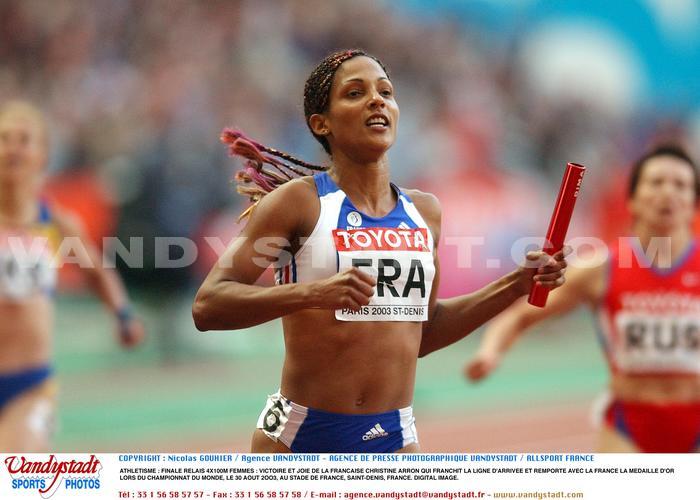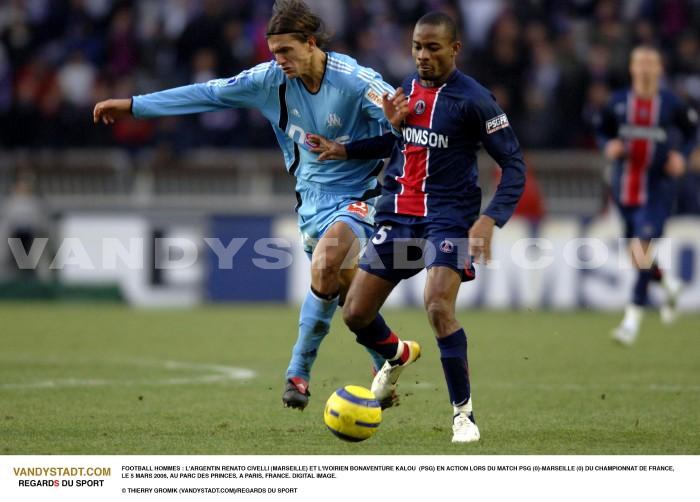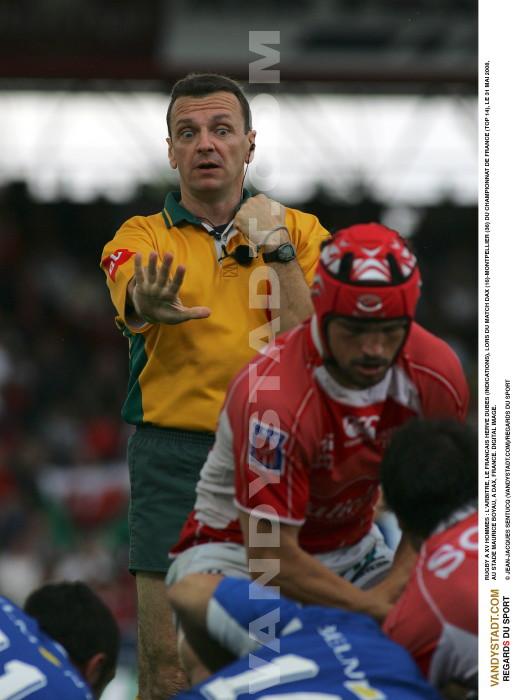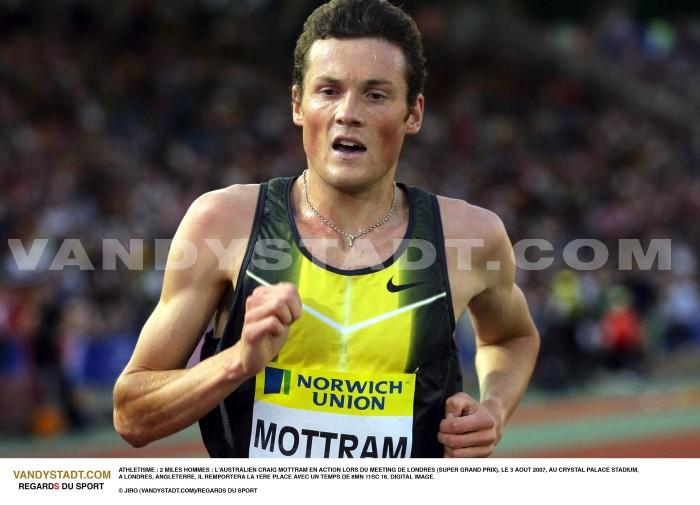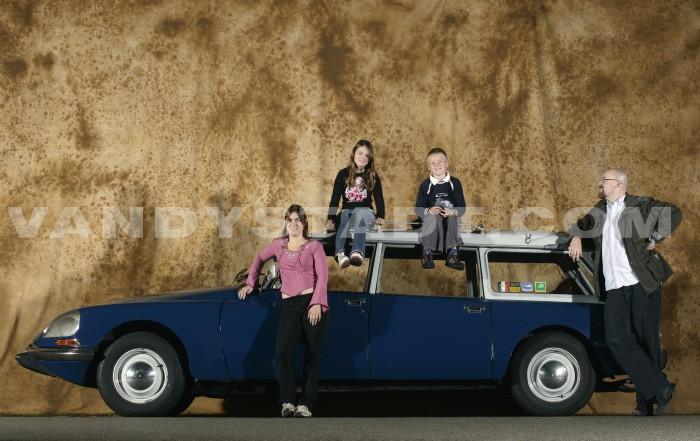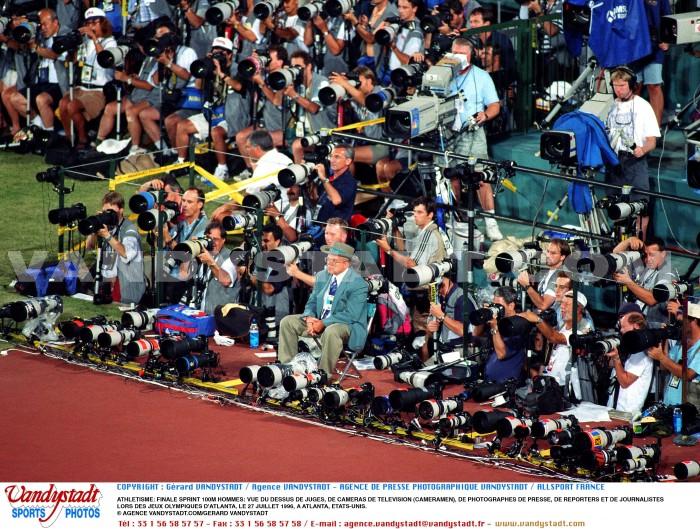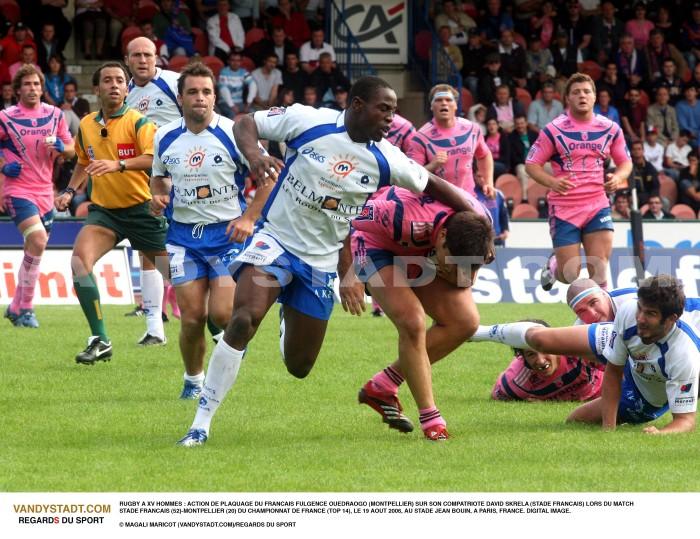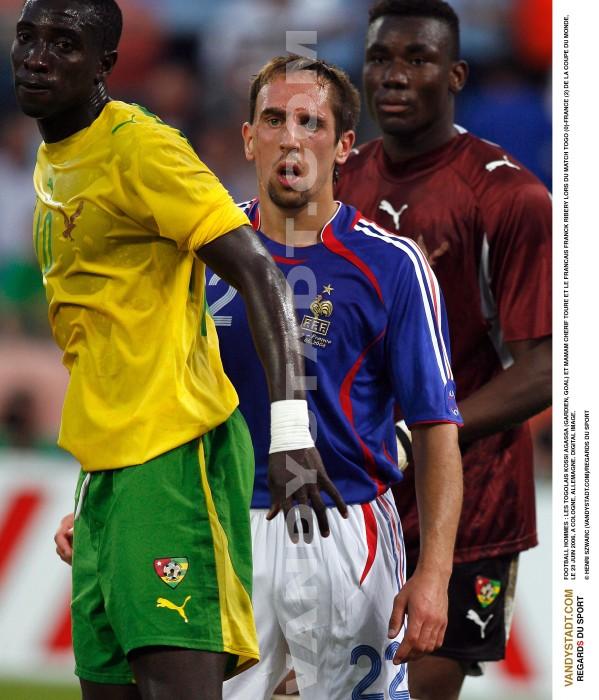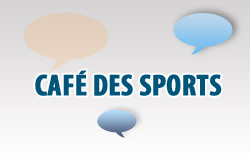Snowboard - Snowboard history
Snowboard - Olympic Sports
![]()
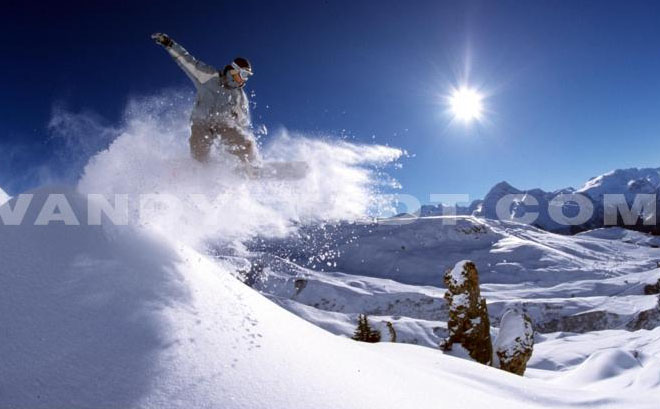
The first snowboard was designed by American Jack Burchett in 1929.
History
Invented by American Sherman Popper early 60/70, the Snurfer''''was a short wide ski without fasteners and without edges. Then an engineer in aerodynamics, Dimitri Milovitch, devised similar to snowboards snowboards sea he founded with Don Moss the "Winterstick Company" in the eastern USA. Used on the slopes of the Rockies in Colorado, snowboarding (the "Winterstick'') was introduced in 1976 in France by Henry Authier, the first to try snowboarding on the glacier of the Grande Motte in Tignes. At the same time, American Jack Burton creates boards with his name that won a great success! The snowboarding phenomenon is spreading in the U.S. and the mid-80s in France. In 1985, Régis Roland snowboarder, ski in Les Arcs made known to the general public this new form of gliding through his films "Apocalypse Snow 1 and 2''in which he rushed down the slopes on his surfboard. The snowboarding was recognized by the Sports Ministry in 1996.
The International Snowboarding Federation (
ISF) was created in 1990 to organize international competitions, and the International Ski Federation (FIS) recognizes the snowboard 1994, snowboard and getting status Olympic sport. It is now the FIS which now governs the sport.
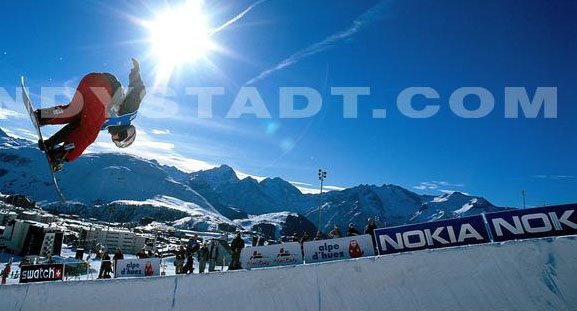
Snowboarding and Olympism
He appeared at the Nagano Games in 1998 with two events halfpipe and giant slalom. The tests are parallel giant slalom on the program 4 years later in 2002 in Salt Lake City, replacing the giant slalom in Nagano. The cross made its entry in 2006.
The French Association of Snowboard
Founded in 1987, is the formal structure of snowboarding in France under the tutelage of the FFS It includes 3 500 competitors, 6000 members around 9 regional committees and 150 clubs.
1.5 million practitioners of which 30% women and 70 000 plates sold in France!
Olympic disciplines: snowboard cross, parallel giant half-pipe
The disciplines in World Cup: parallel giant slalom and big air, halfpipe and snowboard cross
The disciplines of the X-Games: Snowboard cross, Superpipe, Big Air and Slopestyle
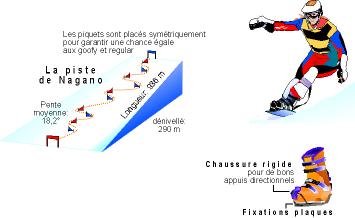
Competition
Snowboarding is the practice, as the sea surf and skateboarding on a board (board) with and without poles feet across the board. It turns ahead and using knee flexion. The average length of a snowboard is 160 cm and a width of 25 cm pad.
In competition, five judges grade on a total of 10 points each workout. Are taken into account: the rotation, the height of performance figures, technology and receptions. In the final riders are two sequences, the best is counted.
In snowboarding, there are four major families who each have their types of races:
Freestyle
- The "half-pipe"
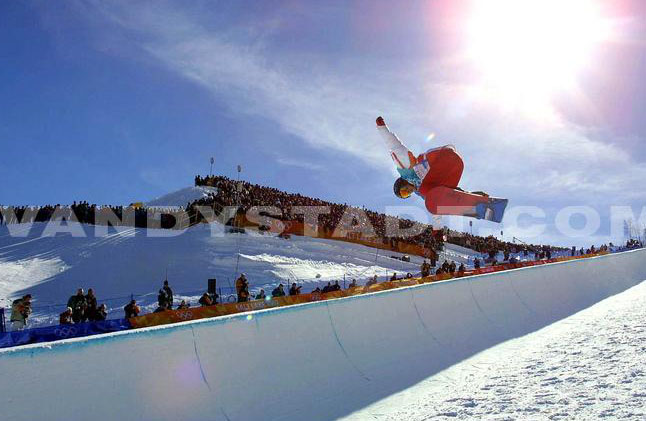
For surfers (Freestylers) who perform acrobatics in the snowy ramps (halfpipe or half-cylinder), from the skate. The halfpipe is half a tube (or half-moon) of snow about 100 m long (130 m for the Olympics in 2002 and 2006), width 21 m, height of wall between 3 and 5 m (3.5 Games 2006 m), inclination 16.5 °, set against a hill. Using speed gained Surles sides of the halfpipe, athletes rise above the edges of the halfpipe and perform aerial acrobatics.
More and more stages of snowboarding, snow parks being created in France with a zone of initiation, a jump area with bumps of all sizes. There are currently 70 (including Avoriaz, Angles, Les Arcs, Courchevel, Grand-Bornand, Meribel Mottaret, Risoul, Saint-Lary, Tignes, Valloire, Les Ménuires, Les 2 Alpes, Flaine). The FFS assigns a "label" Special ensuring quality and safety facilities of these stages.
--
The "big air"We rushed a springboard to achieve the best figure to be noted.
The jumping event where we take into account the length, height and difficulty of the figure made. This is to gain momentum, take off, make a face and ask. The track size: height between 1.50 and 2.50 m - length between 3 and 7 m.
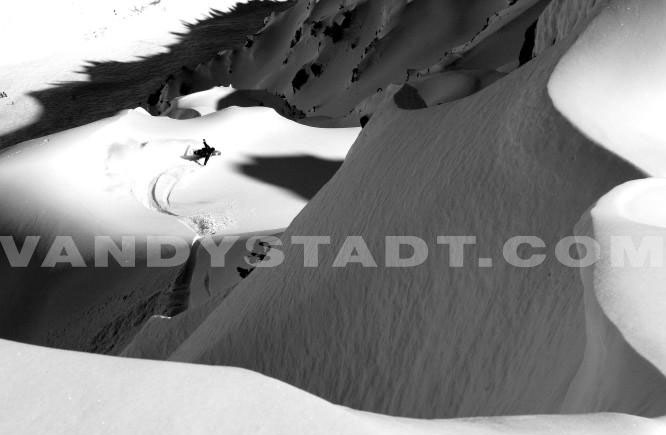
The Alpine
The alpine use narrow boards to facilitate the sequence of corners and hard shoes to transmit power directly to the board.
The different types of races are:
- Slalom parallel (or dual) on a track where the stakes are planted at regular intervals, two runners rush in identical paths to reach the bottom first.
- The parallel giant (Olympic sport since 2002 replacing the giant two-run this at the Olympic Games in Nagano in 1998) in two runs, two surfers descend simultaneously on two parallel tracks (same configuration) to make the best time.
In these two disciplines will compete in turn on the path of right and the left. At second passage, the best of both parties with advance achieved in the first inning. The term giant is longer, the gates are spaced 20 to 25 m for the giant and 10 to 15 m for the slalom.
Elevation: between 80 and 120 meters - at least 20 separate doors from 11 to 13 meters.
The boardercross
Most spectacular is the snow gymkhana on a course littered with obstacles (bumps or 'whoops', banked turns and diving boards) and curves. Riders in groups of 2 or 4 rush on the track with direct elimination after each round. The first bottom is the winner.
Dimensions of the track length between 80 and 200 m for a width of 30 m. The line must contain 4 different sections namely cornering, speed, jumps and at least a large portion to double. The various obstacles such as tables, tunnels, whoops, banked curves.
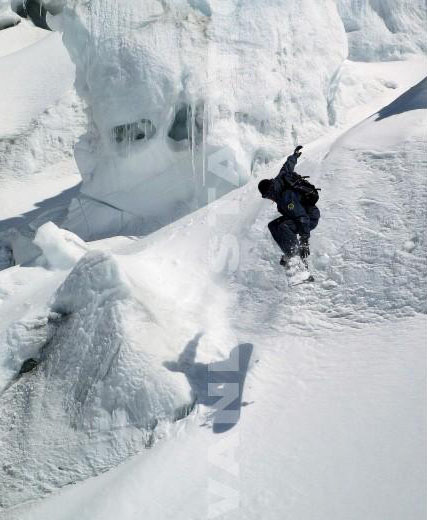
The Slope-style
is a combination of all modules of the snow park.
Free-ride
The Free-Ride takes place in the powder (halfway between speed and figures). The boards are longer (165 cm), rigid (not to break after jumping a rock bar), recorded and rounded ends.
The locations of choice for freeriders are:
Whistler Mountains in Canada, Alaska, Chamonix and Verbier, which annually hosts the biggest race of freeriding in Europe.
Among the best free-riders of the moment is the French Antonin Lieutaghi, winner of many prestigious competitions and extreme freeriding to the 4 corners of the world.
Glossary
180 ° (180 air): Figure air half rotation, 180 degrees.
360 (360 air): Figure aerial full rotation, 360 degrees.
540 ° (540 air): Figure air spinning and a half at 540 degrees.
720 ° (720 air): Figure air double rotation to 720 degrees.
900 ° (900 air): Figure air double rotation and a half, to 900 degrees.
1260 ° (1260 air): Figure air rotating three and a half laps.
1440 ° (1440 air): Figure aerial rotation of four towers (only the Finn Markku Koski, Olympic bronze medalist in halfpipe in 2006, this figure has succeeded in competition).
Aerial: Jumping Halfpipe
Backside: surfer with his back turned towards the slope.
Baggy: wide trousers worn by the surfer in the years 90/95.
Big Air: High Jump
Biped: a skier says "classic."
Board: surfboard.
Boarder Cross: course with turns, jumps and bumps.
Carving: style is to cut corners on packed snow.
Curved corner
Contest: Competition
Coping: the top edge of the halfpipe
Double tip: the board of "free style that is wider and fitted with two spatulas to the front and rear (bindings and boots are soft).
Fackie: reverse.
Flat: practice freestyle on a track so smooth groomed.
Free-Ride: surfing off piste in the powder. The board used is long and spatulate.
Free-Style: run (fly, jump) figures on the walls of a halfpipe (snow half pipe, 100 m long and 2 meters high).
Frontside: surfer facing downhill.
Goofy: surfer with the right foot forward on the board.
Grabber: grab the board with one hand when conducting a face or a jump.
Half pipe snow ramp equipped to perform jumps and figures of a length of 100 m by 3 m high and twelve feet wide (half pipe).
Hakon 720 °: rotation of two towers with the head down.
Hakon 1080 °: rotate three turns upside down with his right foot before.
Hip: small bump for the high jump.
Indy: catch (grabber) with the rear hand between the toes.
Invert (reverse): a figure of half-pipe made with the head downward, lower than the plate.
Jump: jump.
Killer: A surfer very strong technically.
Leash: attachment system connecting the mounting leg of the snowboarder.
Mac Twist front somersault with twist
Module Contest: Competition freestyle which takes place on a field with many obstacles.
Nose: the front of a board.
Nose grab: making spatula
Patin: the middle of a board.
Peuf: powder.
C: an obstacle in the shape of a banked corner.
Regular: position on the board with the left foot forward.
Rider: surf.
Rider: surfer (free-rider) in the powder snow (off piste).
Rodeo 1080 °: rotate three turns with the head down.
Rotation: do tricks with his skateboard at 180 °, 360 °, 540 °, ....
Run: web
Sad: a grab of the hand between the front heel.
Slide: slide on an obstacle that is not natural.
Snow Park: trail reserved for slides.
Straight jump: jump vertically
Super Combo: the sequence of two Hakon 1080 °
Switch Stance: is performed in reverse. For example: changing a "goofy" to a "regular" '.
Tail: the back of a plank.
Trick: a figure in general.
Whoops: a succession of bumps.
.
A great opening! In May 2001, the French Marco Siffredi (1979-2002) was the first surfer to have managed the descent of Everest by snowboard and that by the way north! In September 2002, he went missing while attempting a new descent from the summit of Everest by a different corridor.
Equipment
Helmets: In the three Olympic disciplines of snowboarding, athletes must wear helmets rigid plastics to reduce the risk of head injuries.
Plate: Plate parallel giant slalom are rigid and narrow that it is desirable to perform high-speed corners. The GSP boards are generally longer than a regular board and have a square heel and a spatula slightly raised.
The plates of half-moon are short to calculate the figures, large to improve balance and flexibility to allow driving in reverse and forward. The front and rear ends of the plate are identified to enable the flight and landing in both directions.
The snowboards are a little cross an amalgam of race boards and GSP surfboards acrobatic half-moon, a board tout-terrain/toute mountain. The board is to conduct long-cut, rigid stability and usually directional. Overall, the SBX boards resemble the planks rather than the acrobatic running boards.
Boots: In parallel giant slalom, racing boots have an outer shell in rigid plastic, similar to alpine ski boots, and a reinforcement to maintain the foot and ankle.
The athletes use half-moon boots with a flexible foot and ankle reinforcement and indoor slippers that lace up.
Most surfers snowboardcross wear boots that are a bit of a hybrid - more rigid than the boots of half-moon, but more flexible than the race boots. Some athletes prefer to wear boots racing hard.
The fasteners: fasteners parallel giant slalom is similar to those in alpine skiing - the hard boot is firmly attached to the plate.
Half-moon boots are attached to the board using flexible mountings.
Fasteners snowboardcross vary depending on the type of boot used. The soft boots are attached to the board using flexible mountings, while the rigid boots are firmly fixed to the plate as GSP.
Copyright Sportquick/Promedi








